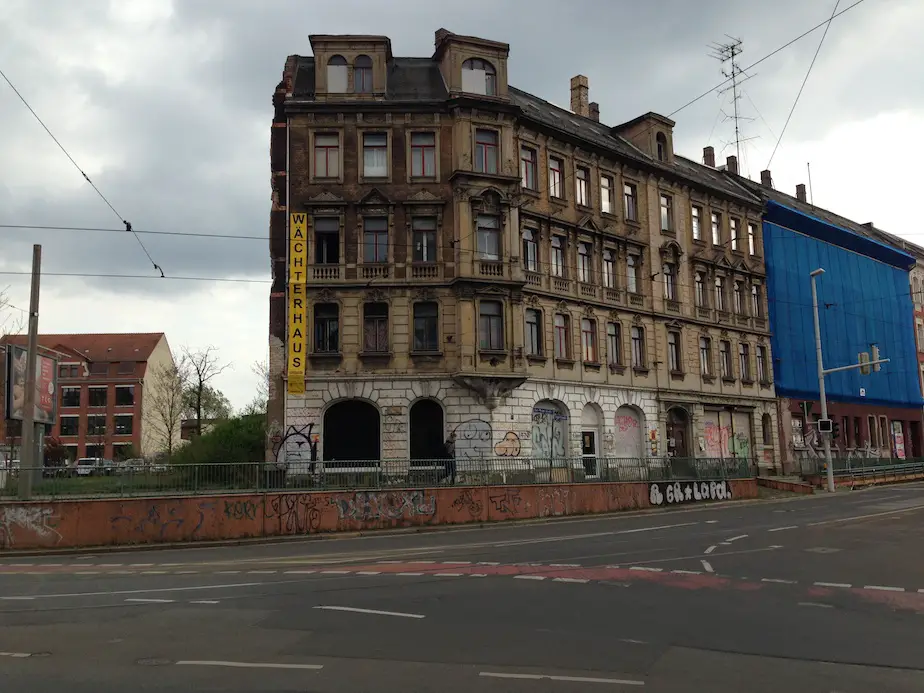The Parklets topic has showed up here at This Big City in the past and it is one of the most popular urban interventions we’ve featured on the site. A temporary parklets experiment took place in parts of São Paulo last year during Environment Week, with the initiative gaining media coverage as well as being widely applauded by citizens. With the recent introduction of a new master plan for the city, there was a strong push for the creation of a law that encourages new spaces like parklets and, thankfully, City Hall listened. Now as a result of Decree No. 55,405, São Paulo has rules for the creation and maintenance of parklets, the first Latin American public policy on the issue.

What are parklets?
For those who aren’t familiar, parklets are small outdoor recreational spaces with benches and tables (or sometimes other equipment such as bike racks) created on parking spaces, which provide people with more choices of places to rest in the street, without taking sidewalk space away from pedestrians. It is a reframing of space which sends a powerful message: people first, then cars.
How will parklets work in São Paulo?
Any individual or company can install a parklet in any of the city’s streets, provided it meets the standards specified in the decree (for example, only roads with speed limit 50 km/h are covered). Those who are interested need to send an application to the city, describing the dimensions of their parklet, as well as the equipment provided. Approval or decline takes around 5 working days.

It is interesting to note that parklets are required to follow set construction standards, such as maximum depth and width, preservation of drainage on the street, not using signal lights, and others. And most importantly, parklets will always be public and freely accessible and can not be incorporated by establishments. So for example, if a coffee shop owner wanted to build a parklet outside their store, they would be most welcome, but it could be used by anyone, customer or not. Signage must also be provided to make it clear that the parklet is a public space.
So readers in São Paulo, are you tempted? What ideas do you have for parklets on the city’s streets? Share your ideas in the comments below, and for more information about the guidelines, including how to apply and a full manual on the process, click here [pt].


